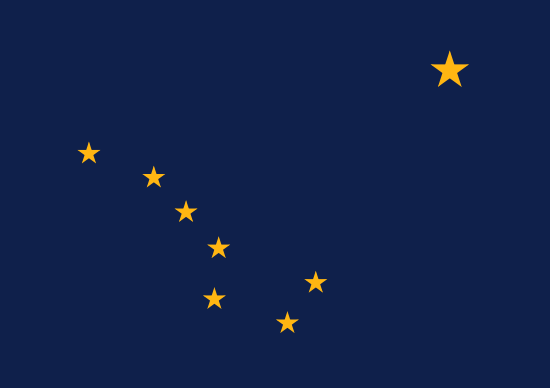
Juneau city and
- County:
- Juneau City and Borough
- County Seat:
- No
- Area (mi²):
- 2702.92
- State:
- Alaska
Juneau city and is a city and borough located in Juneau City and Borough, Alaska. Juneau city and has a 2025 population of 31,572 . Juneau city and is currently growing at a rate of 0.28% annually but its population has decreased by -1.96% since the most recent census, which recorded a population of 32,203 in 2020.
The median household income in Juneau city and is $100,513 with a poverty rate of 8.19%. The median age in Juneau city and is 39.8 years: 39.2 years for males, and 40.5 years for females. For every 100 females there are 104.7 males.